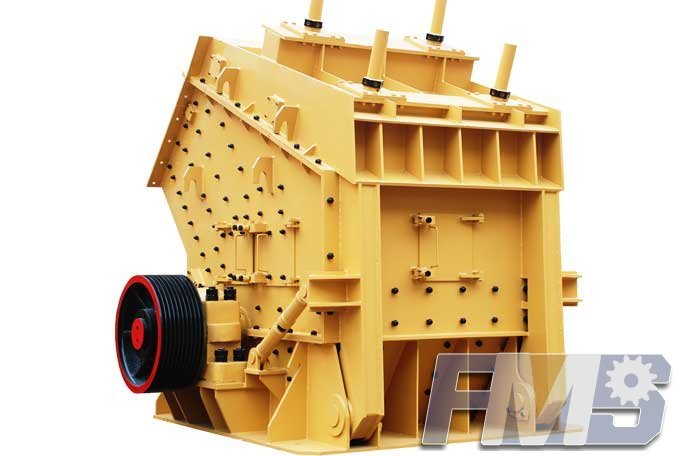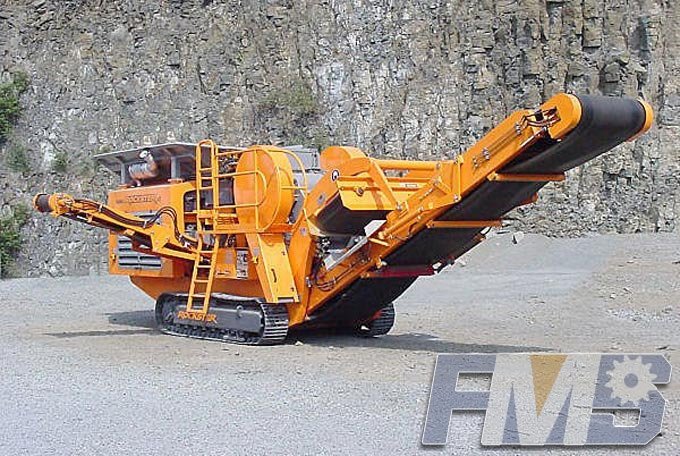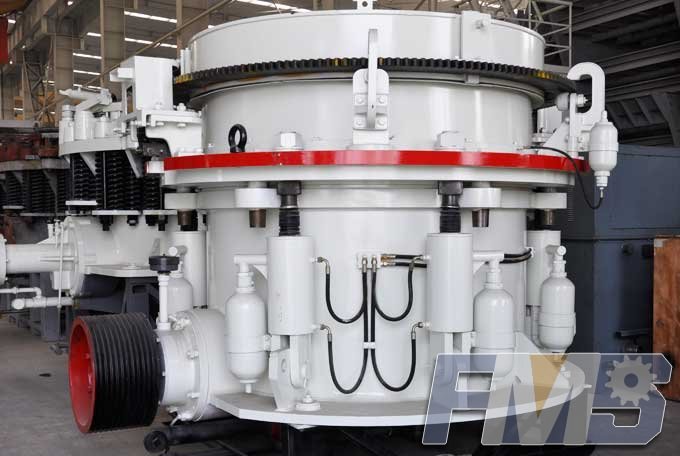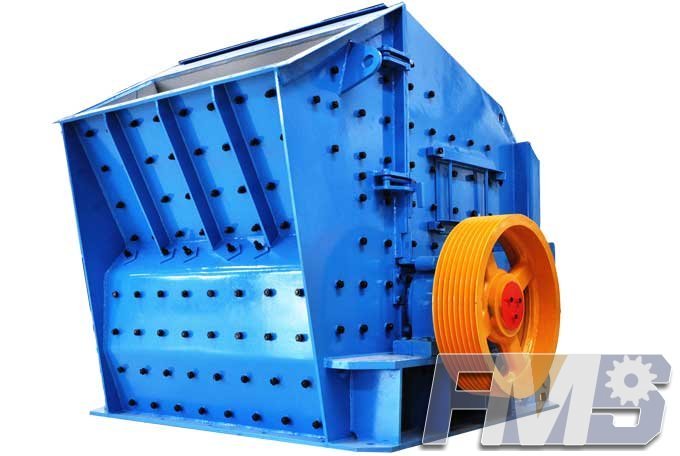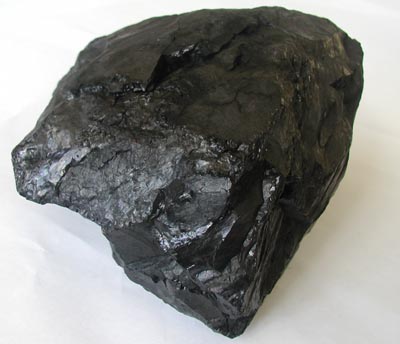Running a Crushing Plant
When a crushing system has been selected there are points to be considered with regard to installation and operation.
Fine Material Scalping and Screening
This is the removal of the fine material that can reduce the efficiency of the crushing process before it passes through the crusher. Good screening performance is especially necessary for fine crushers. The removal of this material (not requiring further crushing) reduces wear on the manganese and the total percentage fines in the product. In addition moisture and contamination in feed material is usually found in the finer fraction. Moisture and clay can cause abnormally high stresses in crushers (by packing) and should be removed before crushed. It is sometimes necessary to have a scalping screen ahead of the primary crusher to remove the undersize portion of a sticky wet feed. A grizzly feeder (combining both feeding and removal of fines) is one of the more popular methods of accomplishing this. Screening accuracy depends to a high degree on the material bed depth on the screen deck which is in turn dependent on screen width, a wider screen giving better results.
Even Feed to the Primary
An even and regular feed to the primary will increase output. A crusher waiting for material will not perform at its optimum. The situation can be improved by the installation of a hopper in front of the primary crusher capable of taking two to three truck loads of material. Even with this addition if the truck fleet is not reliable throughput rates will suffer.
Surge Storage
Where secondary crushing is necessary a decision has to be taken as to whether the secondary plant is to be operated as an extension of the plant (on a continuous process) or as part of the quarry. Run as part of the plant its size can be reduced but a surge stockpile is required between the primary and the secondary. The alternative means that the stockpile can be within the plant. With a wet feed or climate the stockpile should be under cover. If all crushing stages are direct feed from the previous the stage with the lowest capacity will govern the throughput and all other parts of the plant will operate at below optimum. Providing surge capacity between crushing stages eliminates this problem. The size of the surge stockpile should be such that the operation of the plant is not affected by breakdowns or stoppages further up the line (a truck breakdown or a blockage in the primary crusher) for instance. A stockpile will ensure a regular feed to the next crusher with the benefits of maximum utilization.
Overload Protection
All machines driven by electric motors should have overload protection. In crushers it is either the transmission V belts or the springs which take the initial shock of an overload. Hydraulic systems have an advantage in that the crusher can open instantaneously if an overload occurs but with a steady return to normal operation without the ‘chattering’ inherent in the steel spring system.
Metal Detectors or Magnets
Occasional tramp metal is found in the material fed to the crusher. It will pass the primary easily but can cause damage to the finer crushing stages. Magnets sited on the product belt from the primary crusher to remove the metal. They are usually on a small belt which will lift the tramp metal clear and deposit it in a bin. Detectors on discerning tramp metal present will stop the belt so that it can be lifted off.
Automation
There can be no doubt that automation of a plant increases throughput. The reaction of an automated crusher to changing feed rates is much more precise and quicker than that of a manual system. With the aid of electronic circuits to measure amperes on motors and mechanical loads, information and settings can be frequently adjusted to suit the incoming feed. If a hydraulic system is in use on the crusher the pressure in it can be measured to give the level of the crushing forces present in the machine. Manually controlled crushers under the control of a skilled operator seldom use more than 65% of the permissible power. An automated feeder/ crusher system can easily reach 90 %. Level monitors provide a basic form of automation. Such a monitor in a cone crusher provides an automatic choke feed to the machine. Monitors placed in the bottom and top of a surge bin can stop the crusher when there is insufficient feed or provide protection from overfilling the bin. Interlocking of the crushing system keeps spillage to a minimum by guaranteeing that the system starts in the right order. If a conveyor trips interlocking will stop all forgoing machines to prevent excessive spillage.
Pre-Planned Manganese Replacement
A set of crusher liners will give full capacity output for a period of time and then wear will reduce output. At some stage in the wear it will be more economical to change plates than to operate at an increasingly reduced capacity.
Get Detail Information:
(If you do not want to contact to our online customer service, please fill out the following form, Our client manager will contact you later. We will strictly protect your privacy.)


